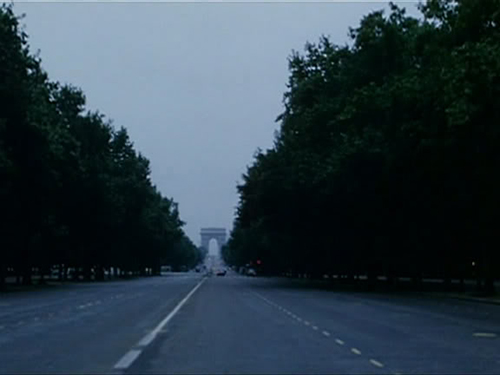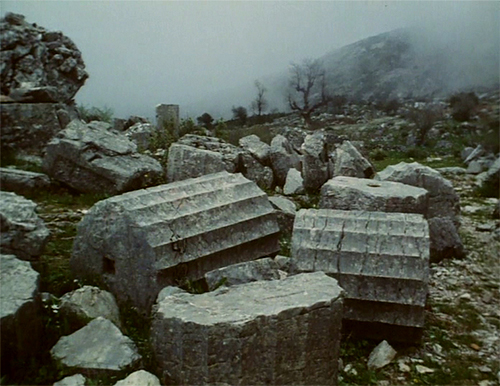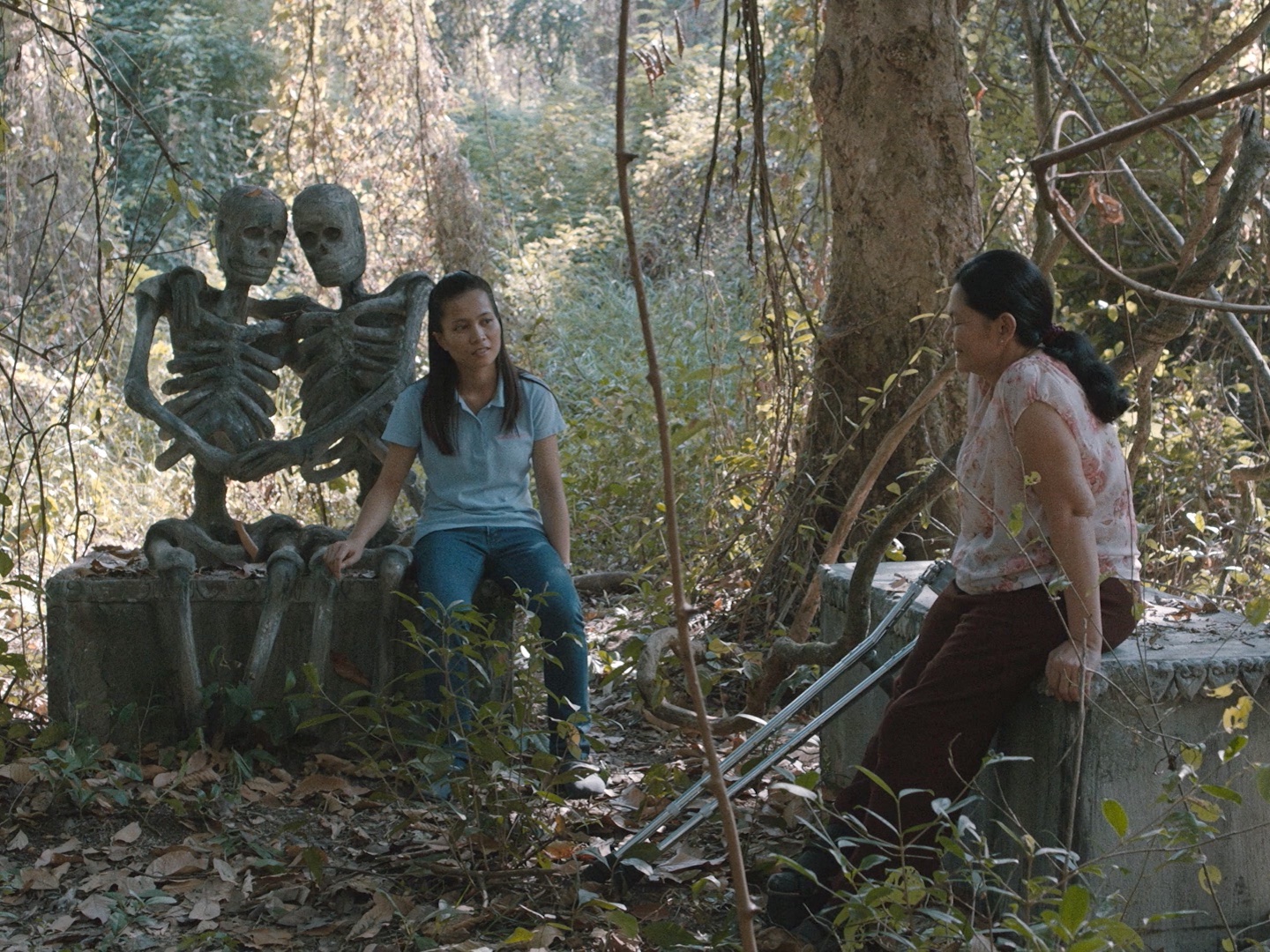Sabzian selects three films a week, available on online platforms.
In his In Search of Lost Time: Swann’s Way (1913), Marcel Proust reflects on the church in his town, “a building which occupied, so to speak, four dimensions of space – the name of the fourth being Time – which had sailed the centuries with that old nave, where bay after bay, chapel after chapel, seemed to stretch across and hold down and conquer not merely a few yards of soil, but each successive epoch from which the whole building had emerged triumphant.” The selection of this week fathoms ancient sites that are travelling through time, proposing various cinematic strategies to reflect on this fourth dimension.
“Negative hands” refer to the imprints of hands found on the walls of the Magdalenian caves of sub-Atlantic Europe. Made unimaginably long ago, they still resonate in the film by Marguerite Duras called Les mains negatives (1972). They are a sign: “I am someone who calls. I am the one who called, who cried out.” From the text on Sabzian by Nina de Vroome: “The image of the city glides past the camera, as nonchalant as time itself. With the words ‘thirty-thousand years ago’, the reality of the city suddenly becomes brittle. The hands are still present on the granite, but will the city still exist in thirty-thousand years?”
In Bassae (1964) by Jean-Daniel Pollet, the camera slowly moves towards the face of stones that are the remnants of a temple. These pillars were erected with a purpose they no longer fulfil. There’s not a sign of human presence, and the stones are no longer part of any civilization. The voice-over nevertheless indicates a presence: “C’est le vieux dieu de temps, avec sa barbe de fleuve.” [It’s the old god of time, with his river-beard]. The camera unearths this monument to time that has emerged out of the abandonment of this temple and the dereliction of its cults.
The reverence for ruins and signs from the past exists because of the fissure between antiquity and the present. These ruins account of their journey through time only because they were forgotten, because no one thought of restoring them, or either of tearing them down. The ancestor in Les mains negatives reaches out in a far cry, the time-god of Bassae exists in utmost solitude, but in the films of Apichatpong Weerasethakul the spirits and ancestors appear casually side by side with the living.
The characters in Cemetery of Splendour [Rak ti Khon Kaen] (2015) are moving in a world where the past is present, including its gods. In the film, soldiers with a mysterious sleeping sickness are hospitalized in a temporary clinic. Over time, a connection becomes apparent between the enigmatic syndrome and the mythic ancient site that lies beneath the clinic. The film can be seen as a personal portrait of places that have grown to be a part of the intimate heritage of the filmmaker. “I haven’t lived in my home town for almost 20 years. The city has changed so much. But when I went back I only saw my old memories superimposed on the new buildings.”
Les mains négatives (Marguerite Duras, 1978) | Watch here for free
Bassae (Jean-Daniel Pollet, 1964) | Watch here for free
Rak ti Khon Kaen [Cemetry of Splendour] (Apichatpong Weerasethakul, 2015) | Watch here




